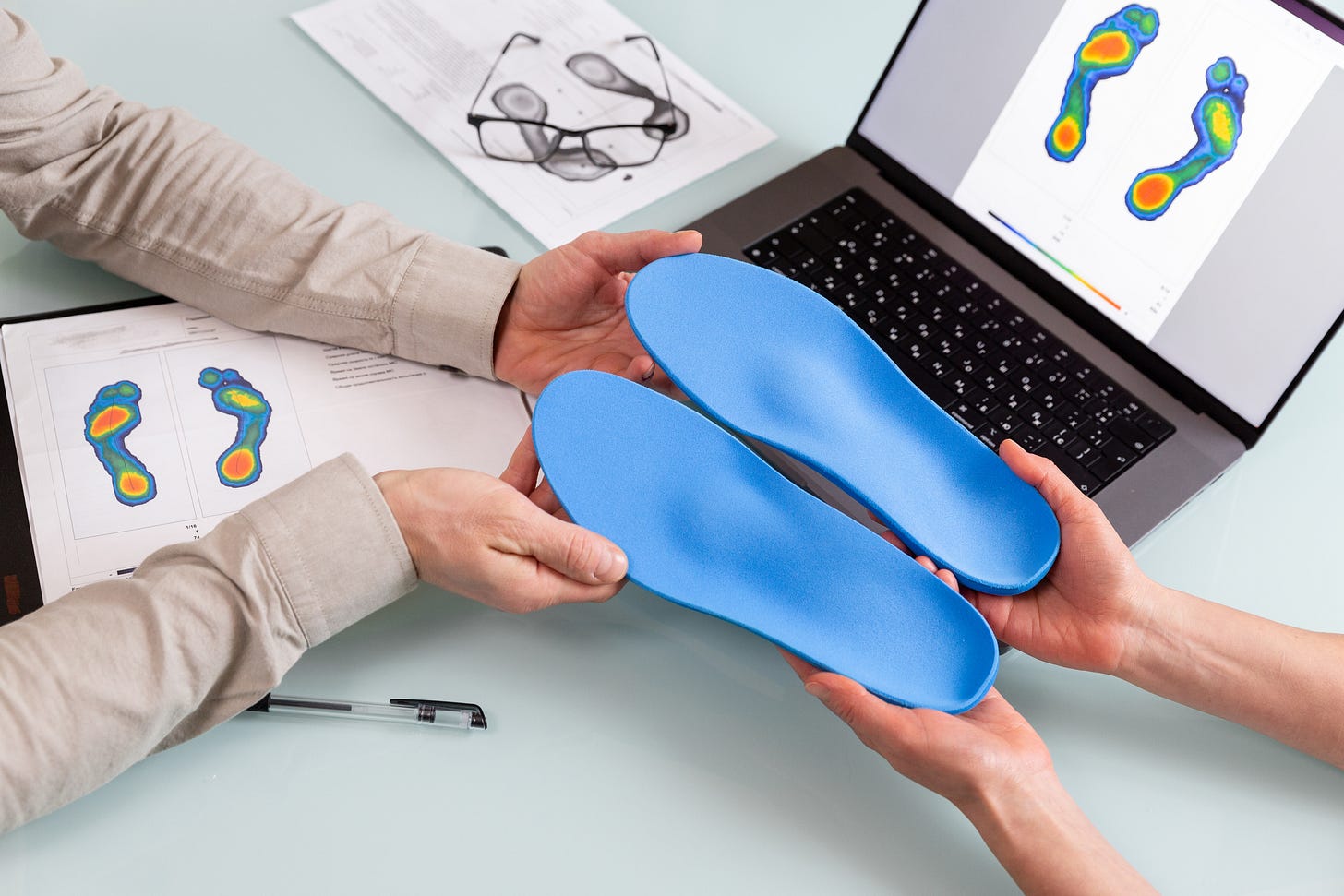Last Sunday, in our Art 2 Aging weekly newsletter, we spotlighted the devastating impact that funding cuts are causing at many of America’s top universities, particularly the ones specializing in medical and scientific breakthroughs.
That newsletter cited several examples of cutting edge research in health that may be threatened by the Trump-orchestrated funding cuts.
This week, The Art 2 Aging continues its focus on research at two universities that are on the verge of major developments that can potentially help millions of Americans, both younger and, especially, older to live healthier, longer lives.
At the University of Southern California’s School of Engineering, USC Viterbi, researchers have engineered a new immune cell that, when activated by ultrasound, can continuously sense and destroy cancer cells for extended periods.
This new immune cell is called an EchoBack CAR T-cell. CAR stands for Chimeric Antigen Receptor.
Regular CAR T-cells, when activated with a burst of ultrasound, can detect and attack cancer cells for up to 24 hours, without damaging healthy cells in the surrounding area.
This is the opposite effect that both chemotherapy and radiation have on the body, which is an almost willy-nilly destruction of cells, both cancerous and healthy.
The beauty of CAR T-cells is that they only target cancer cells while leaving healthy ones alone, leading to a tremendous advance in cancer treatment therapy.
Now, what makes the EchoBack Car T-cells even better is that they are capable of attacking and killing cancer cells for as long as five days versus the 24-hour cycle of regular CAR T-cells.
The upshot of the extended period of efficiency is that the patient doesn’t need to come to a hospital on a daily basis. Now, according to the researchers at USC Viterbi, a patient may only need to come once every two weeks or so.
All that’s needed to trigger the EchoBack Car T-cells into action is a short, 10-minute burst of targeted ultrasound – nothing more than sound waves – and the T-cells get to work.
In a story posted last month on the university website, “the [research] team named the cells ‘EchoBack-CAR’ due to unique mechanisms that echo the ultrasound stimulation that activates them. The cells have a unique call-and-response-like feedback function (the ‘back’ in EchoBack) allowing them to react to tumor cells, which triggers the CAR T-cells to activate and attack.”
The lead author of the report on the findings is Longwei Liu, assistant professor at the Viterbi School of Engineering. He sums up the breakthrough this way: “Whenever there is a tumor cell nearby, the tumor cell sends a signal to our CAR T-cell, which will then produce more killing molecules to kill those tumor cells.”
“That’s also why it’s safe, because when those CAR T-cells migrate out of the tumor, the CAR molecule will gradually degrade, so they won’t kill the normal tissue. We’ve engineered them to be smart CAR T-cells,” Liu concluded.
Using the technology on lab mice, the researchers were impressed by the results achieved attacking prostate cancer and glioblastoma, an aggressive, fast-moving type of cancer.
Regular CAR T-cells have previously proven effective in curing certain types of leukemia and other blood cancer diseases.
So, taken as a whole, this cancer therapy is a remarkable achievement, not the least because it is using sound waves to trigger engineered T-cells into action.
Nikola Tesla was so right when he said, “to understand the Universe, think in terms of energy, frequency, and vibration.”
The second advancement may not be as astonishing as the EchoBack CAR T-cell story but it is nonetheless highly significant especially for older adults at risk of Parkinson’s disease.
It’s a wearable, smart insole for a shoe. It’s ‘smart’ because it can track how one walks, runs, and stands. The gathered data is Blue toothed to an app for detailed analysis.
According to those who study biomechanics, a person’s gait is as unique as their fingerprint.
The high-tech insole is the product of another university, this time Ohio State’s Materials Science and Engineering Department.
According to Pew Research, 7% of Americans have ambulatory issues, whether that’s simply walking or climbing. Adults aged 65 and older are the predominant age bracket for such issues.
Much like the EchoBack CAR T-cells which built on “regular” CAR T-cells, the smart insole developed at Ohio State improves dramatically on existing insole technology which has not proved tough enough and technologically sound enough in footwear to provide accurate data over time.
The co-author of the research study, Jingua Li, an assistant professor at Ohio State, says, “Our device is innovative in terms of high resolution, spatial sensing, self-powering capability, and its ability to combine with machine learning algorithms. So we feel like this research can go further based on the pioneering successes of this field.”
The smart insole utilizes AI in the form of an advanced machine learning model. It can recognize eight different motion states, from static ones like sitting and standing to more dynamic movements such as running and squatting.
There are tiny sensors built into the sole from toe to heel. The entire insole is powered by miniature solar panels attached to the outside of the shoe and minute lithium batteries store the power within the insole.
From a healthcare point of view, the smart insoles could support gait analysis to detect early abnormalities associated with foot pressure-related conditions (such as diabetic foot ulcers), musculoskeletal disorders (such as plantar fasciitis) and neurological conditions (such as Parkinson’s disease).
The smart insole won’t be commercially available for at least three years. Li says this will allow time to train the machine learning model on the vast assortment of what are called “gesture recognition abilities” due to the fact that, like a fingerprint, someone’s gait is wholly unique to that individual.
With work like these two examples being done at just two universities in the United States, why is the administration cutting funding, grants, and contracts?
As we said last week, authoritarians hate what they can’t understand.






